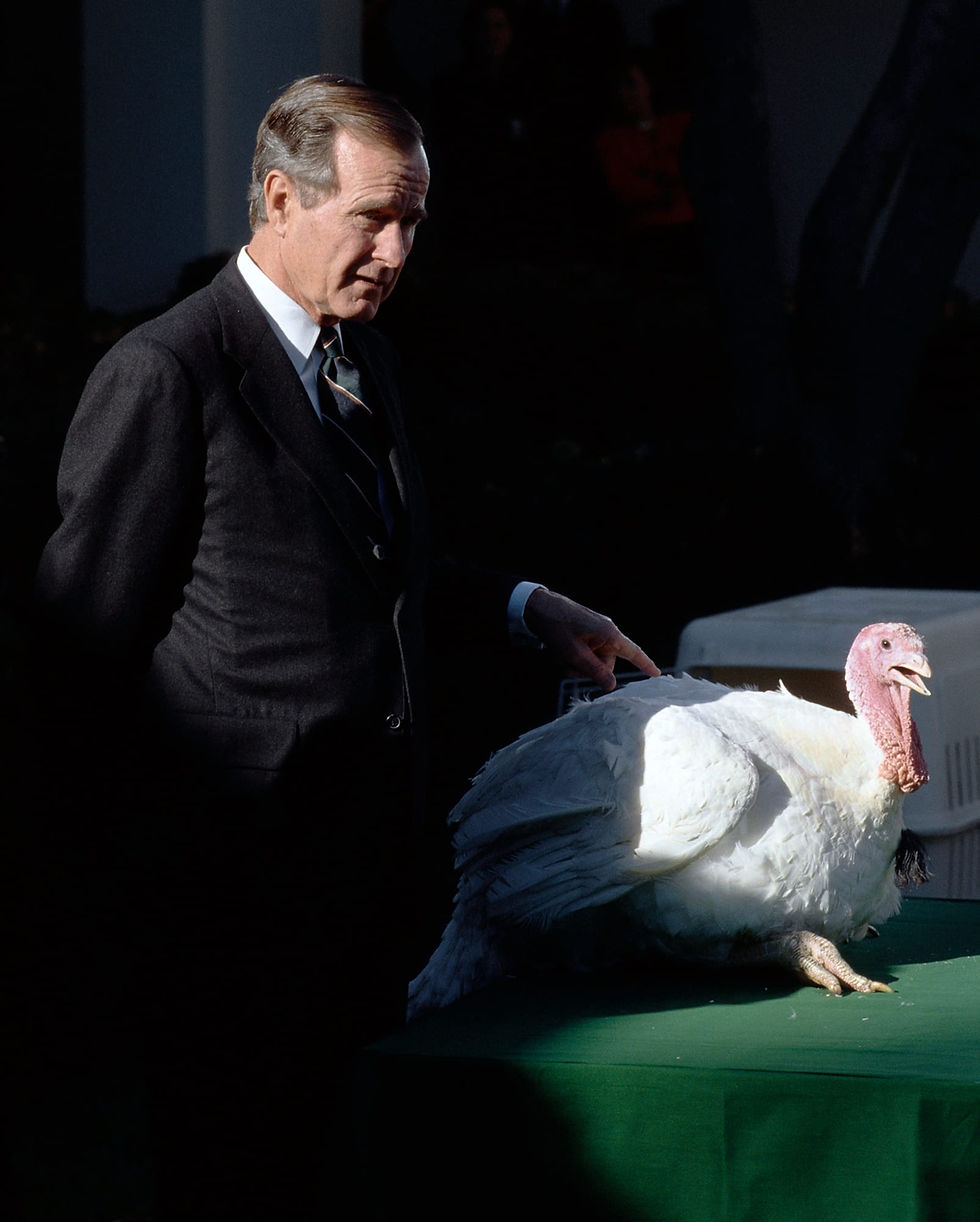The origins and traditions of Thanksgiving
- Infinite Spur

- Nov 23, 2022
- 4 min read
The end of November brings with it the arrival of a new season and in the US, it is the season of giving thanks. Thanksgiving is perhaps one of the most celebrated holidays in American culture, an opportunity to gather the family and enjoy a meal together.

The arrival of winter has always been a relevant date in the festive calendar of ancient societies. The hardest season and perhaps for this reason the most feared, it is not surprising that, with its arrival, our ancestors celebrated rites in honor of their gods, in search of protection and an easy winter.
After all, winter brings with it the cold and the death of the harvest. All this, aspects of the station that could have a devastating effect on human life until relatively recently. As in the animal world, these months that come to the end of November are perhaps a
time of hibernation. Rest.
Of all the holidays that are celebrated at the end of autumn, Thanksgiving is perhaps the
one with the most recent and curious origin, and we are going to talk about that origin in today's blog.

Origins:
The story of the first Thanksgiving banquet begins in 1620 with the Mayflower, a ship of English settlers from Plymouth, carrying more than 102 passengers. A group of religious separatists in search of a new home, found a new beginning in the promise of the new world. However, the 66-day voyage would wreak havoc on his small crew.
Scurvy and the plague would make a great number of sailors ill, and by the time they reached their destination, in the dead of winter, exposure, cold, and famine would finish
them off, cutting their numbers in half.
It would not be until March that the survivors would leave the ship, entering the continent, where they would come into contact with the Abenaki Native American tribe, together with which they would be instructed in different survival and gathering activities such as corn harvesting, the extraction of tree sap and river fishing. Thanks to the knowledge acquired from the natives, the colonists would learn to cultivate their own harvest and when, with the arrival of November, this was fruitful, its governor, William Bradford, would decide to organize a great banquet that would last 3 days at which the natives they would also be invited, making this historic event one of the few examples in US history of peaceful coexistence between settlers and natives. This banquet had its beginnings on November 24, 1621 and would be the first thanksgiving celebration, although the history of the celebration would not end there.
Despite the historical importance of this event, the practice would fall into oblivion until the end of the War of Independence, when George Washington in 1789 declared the so- called Thanksgiving proclamation, in which a holiday was designated for year to give thanks for the end of the war and the victory over the English troops. However, this day would change the date according to the different presidencies and would never be considered an official celebration. In 1817 the state of New York would be the first to officially adopt an annual Thanksgiving, although again, still lacking a fixed date, while the other states, especially the southern states, would remain ignorant of the practice. It would be Sarah Joseph Hale, who, after 36 years of campaigning to make Thanksgiving a national holiday, would manage to establish the day of celebration as the fourth Thursday in November, when in 1863 President Abraham Lincoln finally will approve your proposal.

The celebration would finally become a national holiday and although it would undergo a couple of changes, specifically during the period of the great depression when Franklin D. Roosevelt would try to move the celebration to a week earlier, with the intention of stimulating small businesses, none of them would be maintained over time. However, how is Thanksgiving celebrated today? Is it a simple banquet or is there something more? It is the answers to these questions that we will give in the next paragraph of this blog, where we will talk about the traditions that characterize this festivity.
Traditions:
In many American homes, the Thanksgiving celebration has lost much of its original religious significance; instead, her focus is now on cooking and sharing a hearty meal with family and friends. A Thanksgiving staple so ubiquitous that it has become almost synonymous with the holiday, turkey may or may not have been part of the menu when the Pilgrims threw the inaugural feast in 1621.

Today, however, nearly 90 percent of Americans eat the bird, whether roasted, baked, or fried, according to the National Turkey Federation. Other traditional foods include stuffing, mashed potatoes, cranberry sauce, and pumpkin pie. Volunteering is a common Thanksgiving activity, and communities often host food drives and free dinners for the less fortunate, as are parades, which have been around since 1924 when Macy's business departments organized the first in New York.
It is also tradition that the President of the United States has "pardoned"; one or two Thanksgiving turkeys each year, saving the birds from being slaughtered and sending them to a farm for retirement. Several US governors also perform the annual turkey pardon ritual.
As you can see, Thanksgiving is a key date in the American calendar and although it is not an official holiday here in Spain, perhaps we could learn something from them and even if we do not have a banquet, we can get together with our relatives or loved ones. dear ones at least once a year to give thanks. For all the good that shines even in the
darkest times. The warmth of others, in the middle of the freezing winter.



Comments